The sewing machine is a wonderful invention that has quite a history. If you’ve seen our post on the History of the Sewing Machine, you know it really was a story full of scandal, failure, riots, and death. This post will explore sewing machine manufacturers in more detail.
There are some big names that spring to mind when you think of sewing machine manufacturers. Many of them have an interesting history. We took a look at the history of the big guns in sewing machine manufacturing to piece together a timeline.
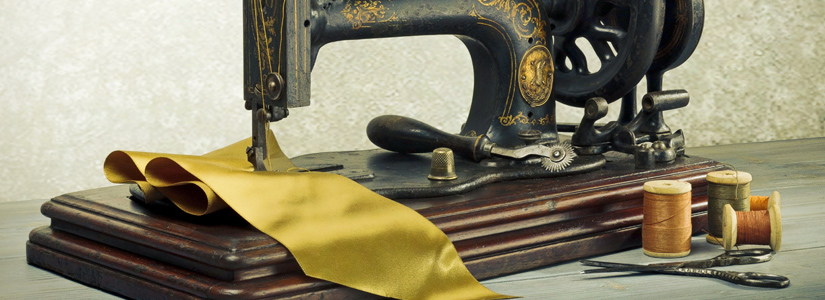
The 1700s – Invented to Support
Enter the sewing machine. The first-ever sewing machine was invented in 1790, by an Englishman of the name Thomas Saint. It was invented during the Industrial Revolution to decrease the amount of work that manual sewing took.
The 1800s – The Boom of the Businesses
The 1800s were huge for sewing machine manufacturers and was the starting point for many of the major names. This was the boom of the sewing machine. Many different models were made throughout the early 1800s as an improvement on the original in 1790. The first widely-used sewing machine in 1829, invented by a French tailor called Barthelemy Thimonnier.
In 1851, one of the biggest names in sewing machine history was founded. An American company named I.M Singer & Co was established. Founded by one Isaac Merritt Singer and a lawyer from New York, Edward Clark. In 1865 they changed the name to Singer Manufacturing Company, becoming The Singer Company almost 100 years later in 1963.
The next major player to join the league was PFAFF in 1862. This was a German company founded by Georg Michael Pfaff. The first PFAFF sewing machine was handmade, specifically for sewing leather in shoemaking.
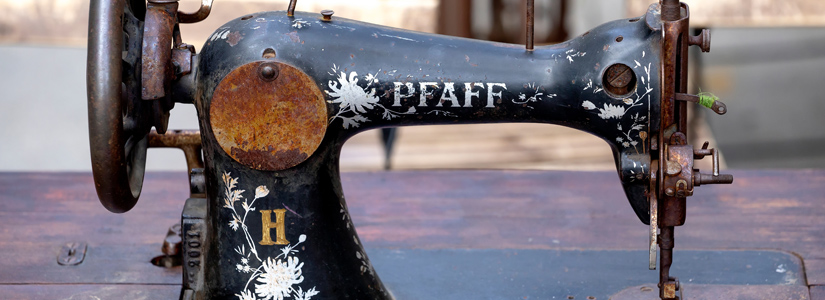
In 1872, Swedish company VSM Group (Viking Sewing Machines) joined the running. It was previously known as Husqvarna, founded in 1689 as a royal arms factory. The need for ordering rifles was at a low. Finding it difficult to get orders, the artisans made a more bloodless product to manufacture. Thus, Husqvarna and Viking sewing machines came to be.
The Last of The Major Players in the 1800s
The last to join the ranks in the 1800s was Bernina, a Swiss company that was responsible for the first hemstitch sewing machine. It was invented in 1893 by Karl Friedrich Gegauf. By 1900 the ‘workshop’ had turned into a small factory with around 75 employees. Karl Friedrich Gegauf died in 1928 and his two sons took over the factory. Gustav Gegauf left in 1947, and the creative Fritz Gegauf let his character define the company from then. In 1959, Fritz Gegauf passed the torch of Benina’s leadership to his daughter. Odette Ueltschi-Gegauf took over as president in 1979. Finally, Odette’s son, Hanspeter Ueltschi, the great-grandson of the original company founder, took the reigns in 1988. He was a leader with great skill and a new flair and remains responsible for Bernina to this day.
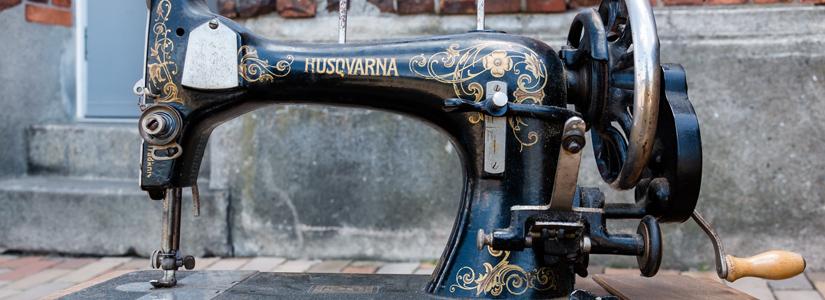
The Early 1900s – Late to the Party
Over a centruy ago in 1908, Yasui Sewing Machine Company in Nagoya, Japan was founded by Kanekichi Yasui. This might not instantly jump out at you as one of the main contenders. I can assure you, however, it is. In 1934 this company was renamed Nippon Sewing Machine Manufacturing Company. By 1955 this was Brother International Corporation and by 1962, Brother Industries Ltd.
In 1921, Janome was founded by Yosaku Ose in Japan. Originally the Pine Sewing Machine factory and renamed to Janome Sewing Machine Company Ltd in 1954. Janome has made their name as leaders of innovation. They were the first to develop a home-use, computerized sewing machine in 1979, as well as the first to offer embroidery of professional style at home in 1990. Thirteen years later, they were also the first to offer a long arm quilting machine for use at home.
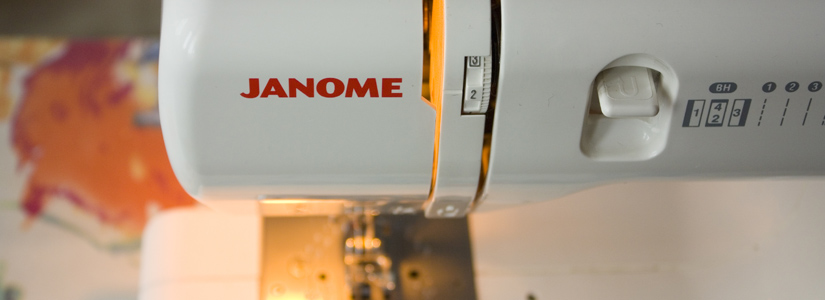
In 1934, Elna, a Swiss brand was founded by Dr. Ramon Cases Robert, a Spanish engineer, and Andre Varaud. Another company to begin with a much more somber purpose was Ateliers Mecaniques de Precision Tavaro SA. This was an export division of Tavannaes Watch Company. The company was known for artillery fuses used commonly in the German 88 mm anti-aircraft gun. Tavaro, at one time responsible for 11% of Swiss military sales to Nazi Germany, shifted to a more peaceful industry. Their first sewing machine left factories in 1940 due to an interruption by the Spanish Civil War.
1938 saw Juki founded in Tokyo, Japan, one of the leading sewing machine manufacturers which initially produced industrial sewing machines and only more recently getting involved in domestic sewing machines.
The Late 1900s – The stragglers
In 1956, engineers and managers that were working in a Japanese enterprise redesigned the industrial overlocker for private use. The first prototype was made from wood and by 1963 it had been developed into a fully functional prototype. They presented this to the enterprise in 1964 and their design was not welcomed. This prompted them to resign and set up their own company, which saw the birth of the Baby Lock brand. Since then, the unique air-jet system and thread delivery systems have been implemented and are used throughout the range.
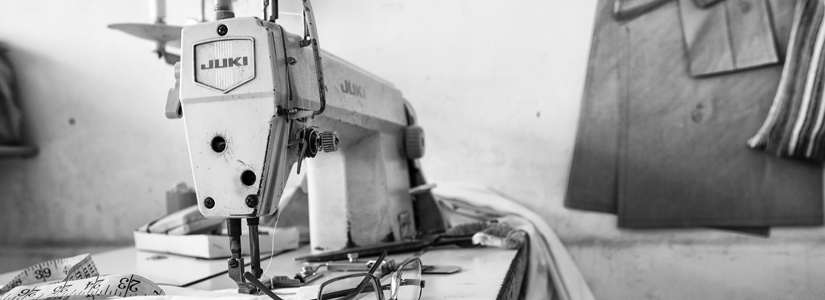
The Takeover Period
Since the 1990s, many of the bigger brands have changed hands, often merging.
In 1995, Elna was de-registered, and it was later absorbed by Janome.
In 1997, after changing hands multiple times, PFAFF was sold to its former subsidiary, which was Singer. This created the Singer-PFAFF Group. However, PFAFF filed for bankruptcy in 1999, which caused its separation from Singer once more. The rights were then sold to Husqvarna Viking.
In 2004, Kohlberg and Company bought Singer. Kohlberg and Company was founded in 1987 in New York and is a private equity firm.
In 2006, Kohlberg & Company, who at this point owned Singer, acquired the Swedish group, VSM (who now owned PFAFF) which then created SVP Worldwide, which stands for Singer Viking PFAFF Worldwide.
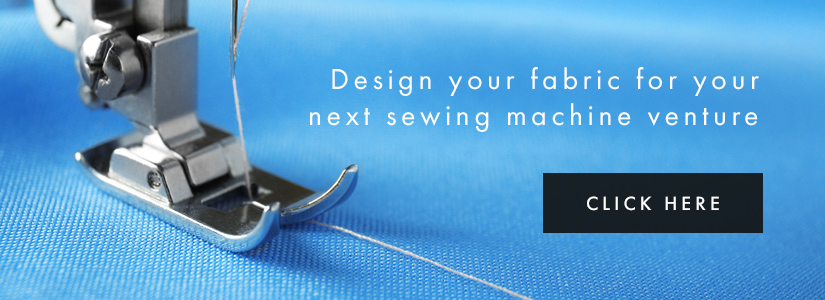


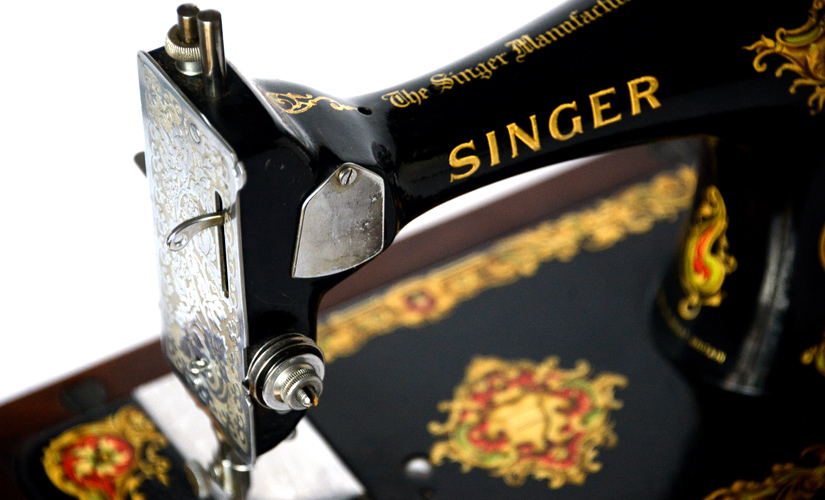
Very interesting information
I started sewing about 1945 on my mother’s pedal machine and have sbeen at it until recently where after being without a sewing machine for about 5 years bought a new one and here we go again. MY ex husband bought me a very nice singer in about 1950 and sewing for a family of 10 kids wore it out . I am now 82 and at it again. .